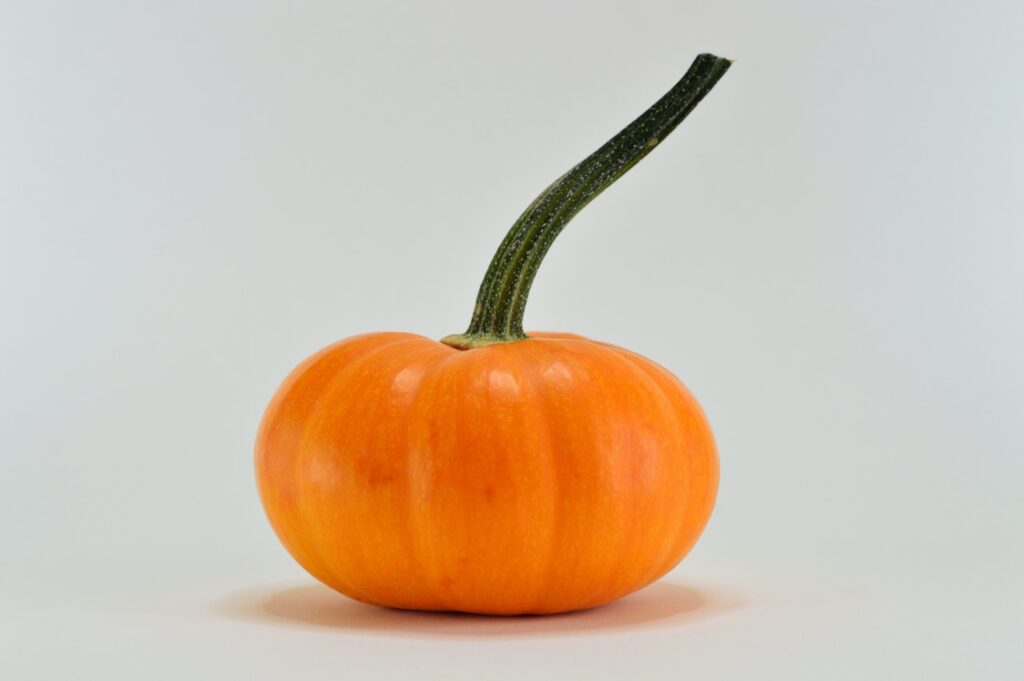3 Ways to Invest in Autumn
Summer officially ended this past Saturday. But for the women who’ve eagerly awaited autumn’s arrival, planning began weeks ago.
Scented candles were stockpiled, faux fall foliage was sourced and the best pumpkin patch reviews on Tripadvisor were perused.
Sweaters were retrieved from attics. Seasonal coffee mugs made their way to kitchen cabinets. And fruit bowls, just weeks prior hosting summer’s bounty, have been filled with plastic miniature pumpkins.
These are women’s rules of fall. And in exchange for Sunday football, men must oblige them and their superior sense of decor.
Since our past few issues discussed some heavy subject matter, including the climate and insurance crises, the housing crisis and America’s healthcare crisis, this week, we figured it was time for some lighter reading.
And what better way to do that than by featuring …
3 Ways to Invest in Pumpkin Fever
Love it or loathe it, pumpkin spice has a lengthy American history. Ameilia Simmon’s 1798 book, American Cookery, included two recipes for spice-filled “pompkin” pie. Those spices included cinnamon, nutmeg, ginger, cloves and allspice.
It took 136 years for a company to combine them all at commercial scale, but today the pumpkin spice market accounts for $802 million in annual sales.
The now-ubiquitous seasoning allures (or repulses) nostrils in the form of candles, pumpkin bread and flavored coffees. It doesn’t stop there, though. You can now find pumpkin spice in:
- Oreo cookies;
- KIND bars;
- Cheerios;
- Swiss Miss;
- Siggi’s yogurt;
- JELL-O;
- Spam;
- Jelly beans; and like it or not …
- Philadelphia cream cheese.
No. 1: McCormick & Company
In 1934, McCormick (MKC) added pumpkin spice to its arsenal of seasonings. The Baltimore-based company — which makes everything from vanilla extract and taco seasoning to Old Bay and Himalayan pink salt — has experienced enormous successful since its founding in 1889.
But focusing on its recent performance, shares are up 10.56% since its year-to-date low in late March. However, after reaching its 52-week high in late June, the stock’s come down 16% and is currently testing support in the $78 area.
MKC’s price-to-earnings ratio is a bit high at 30.36, but the company generated revenue of $6.52 billion in the 12 months ending May 31, good for a year-over-year increase of 2.79%.
There’s more to like for income investors. McCormick’s increased its dividend by ~9% over the past 10 years and is a Dividend Aristocrat, having increased its payout for nearly 40 years consecutively. The company pays a yield of 1.98%, or 39 cents/share.
No. 2: Starbucks
For 20 years, Starbucks (SBUX) has tapped into pumpkin fever. Its most popular seasonal drink — the pumpkin spice latte — has seen sales of 600 million cups in two decades.
It seems to be working for investors, too. Last year, SBUX saw shares gain 26.66% between Labor Day and Dec. 1.
Starbucks hasn’t reached dividend royalty yet, but it has increased its payout 12 years consecutively. It currently yields 2.22%, or 53 cents/share.
The stock’s P/E ratio of 29.01 is pedestrian, but for the quarter ending June 30, revenue was $9.16 billion, good for a 12.49% YoY increase. For the 12 months ending June 30, revenue was $35.01 billion, a 9.48% YoY increase.
Shares are down 17% since hitting the 52-week high on May 2, but the stock’s using support in the $95 area and has been establishing a series of higher lows since August.
No. 3: The Hershey Company
Fall isn’t just about pumpkin spice and interior decorating. Halloween is one of America’s favorite times to celebrate holidays they didn’t know had pagan roots.
In 2022, Halloween candy sales in the U.S. hit $3.1 billion. A large chunk of that ended up in the pockets of Hershey (HSY) investors as shares gained 7.1% in the two months preceding the holiday.
Last year, annual revenue was $10.49 billion, a 16.4% increase from 2021. The stock’s P/E ratio is a healthy 25.28.
Hershey’s raised its dividend each year since 2009 and has only missed a few years of payments since 1930. It’s currently yielding 2.28%, or $1.19/share.
Shares are down 24% since hitting the 52-week high on May 1, but for those looking for a buy-low opportunity, autumn might signal a seasonal reversal for the 129-year-old company.
Five-year performance chart of MKC (dark blue), SBUX (orange) and HSY (light blue) showing gains of 32.15%, 84.6% and 122.44%, respectively.
TL;DR
It’s pumpkin season, and it’s not uncommon for companies operating in the consumer staples sector to finish the fiscal year with stronger-than-usual revenue. For income investors, shares of McCormick, Starbucks and Hershey are all on sale while providing market-beating yields.

